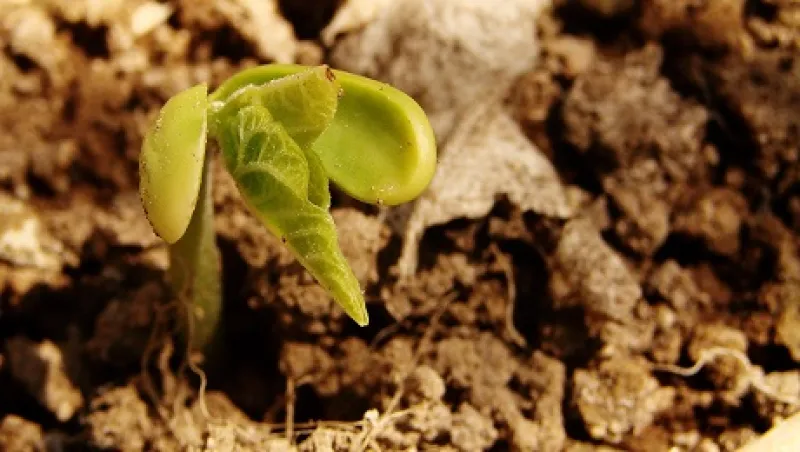I was particularly interested to see last week that BT Pension's boutique asset manager, Hermes BPK, is getting into the hedge fund seeding game. BT thus joins a growing number of institutional investors that have launched formal seeding programs (or have at least seeded one-off asset managers). In fact, without giving too much private information away, I can think of five public pension funds, four sovereign funds, three endowments and a big group of family offices that are all seeding new managers right now.
You have to admit, that's a lot of seeding! Why this big focus on launching new asset management organizations, you ask? Good question.
As it turns out, I’ve been doing a research project on seeding over the past year (watch this space), so I think I have some sense as to why seeding is increasingly viewed as a mainstream investment strategy. As such, I thought I'd use this latest announcement as an excuse to run through an abbreviated list of the factors that I believe make a seeded vehicle valuable.
First, here’s a list of the factors that make a seed more appealing than an existing external asset manager:
- Alignment: The objective of seeding a new asset manager is to maximize the alignment of interests and minimize fees between the asset owners and the asset managers. This is achieved by extracting concessions from the new asset manager upon launch of the vehicle.
- Holding Periods: An asset cycle may be inconsistent with the holding period for a managers’ fund cycle. By seeding a long-term investment platform, an LP can correct the mismatch between their own long-term time horizons and the increasingly short-term investment structures.
- Transparency: The seeder can negotiate the ability to see position-level detail, which can prevent unwanted fees and costs, ensure compliance and facilitate the monitoring of performance. Those are all good things.
- Size: Research shows that skilled managers attract new inflows, but diseconomies of scale erode performance. As such, the performance of skilled managers is thought to disappear over time (at least on average).
- Control: Seeding a manager offers institutional investors greater control over the portfolio. Again, that's a good thing.
- Competition: There is increasingly stiff competition for access to certain alternative managers among institutional investors. Seeding a new manager can resolve (some of) this.
- Upside: A seeded vehicle offers the institutions that seed the vehicle an opportunity to participate in the vehicle’s ownership and / or revenue, which offers additional return opportunities.
Second, here’s a list of factors that make a seeded vehicle potentially more appealing than an in-house team:
- Silos: The siloed nature of many institutional investors means that opportunities will inevitably fall through the cracks. And it’s the limited capacity for innovation to capture these opportunities that leads some funds to seed new vehicles.
- Bureaucracies: A seeded vehicle can attract world-class talent at lower cost thanks to the promise of a large capital commitment and no fundraising (as would be required at an external manager)... as well as the promise of little bureaucracy (as would be normal in the context of working at a pension or sovereign fund).
- Local Knowledge: Seeding a manager may be a useful way to gain local knowledge of a geographically distant market. This vehicle can then send co-investment opportunities back to the mother ship.
- Flexibility: A seeded manager offers an institutional investor the best aspects of in-house and external management; time horizon and scale with competitive salaries and fast decision making.
Anyway, if you think I'm missing something from this list, let me know. I'd love to hear from you!
Also, note that I didn't get into all the challenges and indeed problems of seeding managers – and there are many. You'll just have to wait for the research paper, which is probably three months away.




